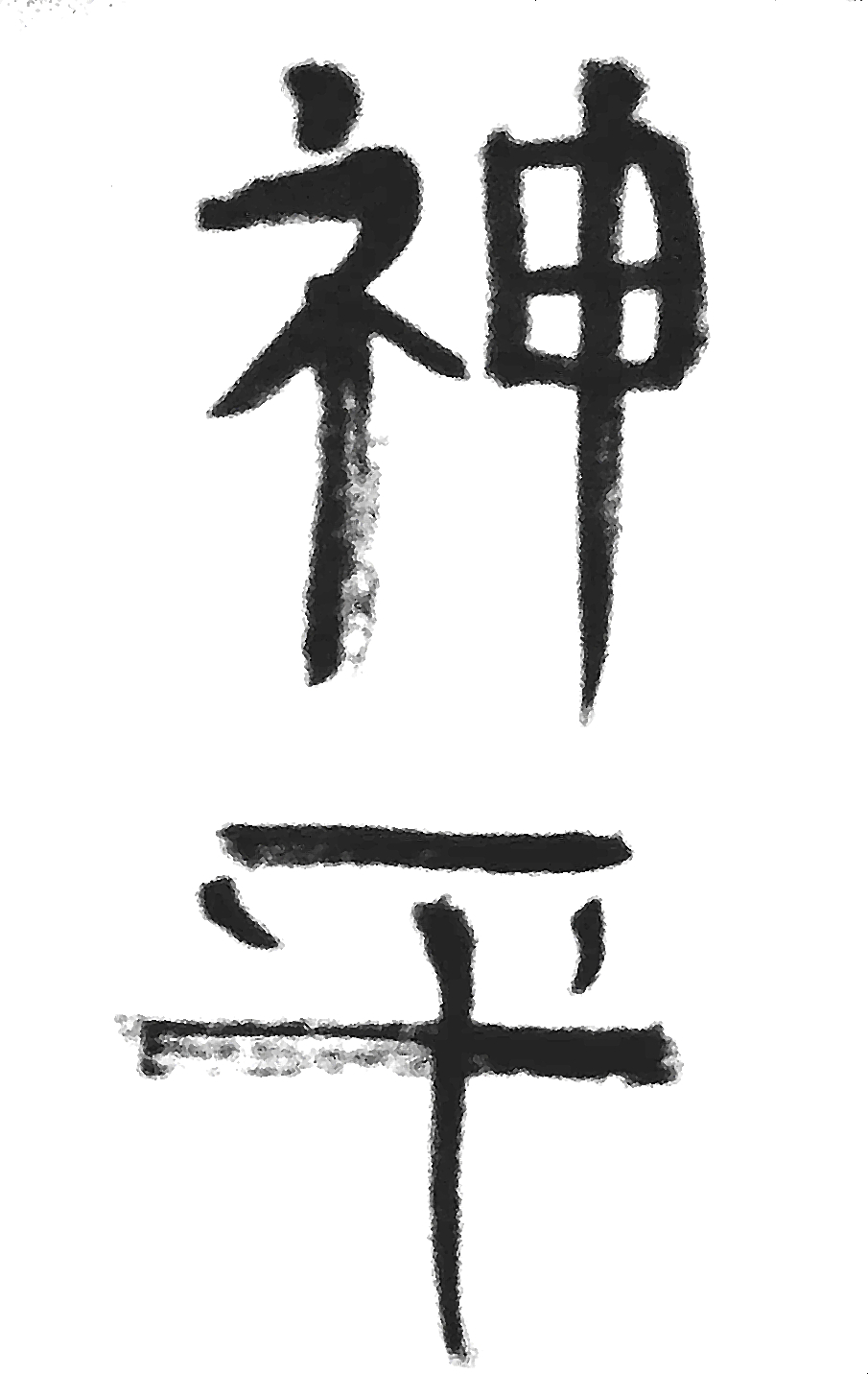
Zen Calligraphy, also known as hitsuzendo, is a style of calligraphy that does not rely on traditional calligraphic aesthetics; instead it is created by the calligrapher, who puts him or herself into a meditative state, and lets the energy he taps into, flow through him and into to the calligraphy. If this is new to you, you may be saying, “what the what?” Let me explain.
First, when I say meditative state, I don’t mean like a hypnotic trance. I mean that the calligrapher empties himself (I’m going to use the male pronoun, because I am mainly speaking from my experience, but understand that this is a method that women use as well) of his own thoughts and opens himself to become an instrument, an extension of the brush if you will. In this way, the true Self is the calligrapher and not the ego. As this is a Japanese style of calligraphy, we will use the Japanese term Ki to refer to the energy that the calligrapher channels. This energy can be seen in the powerful and free look to the brush work.
This calligraphy was developed by Zen Buddhist monks and is itself a form of meditation. Traditionally, the work consists of a Japanese word or phrase, but can also be a picture or an abstract brush stroke. Once the method is understood, the practitioner is not limited to Japanese calligraphy, but can use the method in any art form. Indeed, Zen masters explain that there is no difference between “shodo” the way of the brush and “kendo” the way of the sword.
I have begun to apply the method to Sanskrit calligraphy. In Sanskrit, Ki is Shakti. Both words refer to the same energy that permiates the cosmos, and gives us life. It is everywhere and everything is made of it. It creates, sustains and will ultimately dissolve the universe. In India, Shakti is worshiped as a goddess. The awakening of this energy and connecting with it is known as kundalini yoga.
